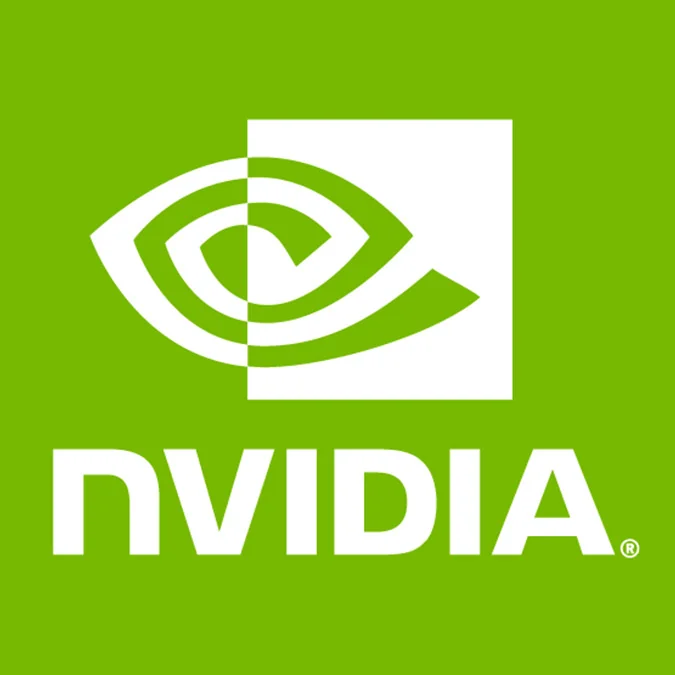NVIDIA Releases Lower-Cost Kepler Graphics Cards

The Kepler-based GeForce GTX 650 graphics card is launching today with a price of about $109 USD. This mid-range graphics card boasts 384 stream processors, 32 texture units, 16 ROPs, a 1058MHz core clock, 1GB or 2GB of 5GHz GDDR5 video memory on a 128-bit interface, and is based upon a "GK107" GPU die similar to the GeForce GT 640. The TDP for the GeForce GTX 650 is 64 Watts.
The second graphics card launching today from NVIDIA for the mid-range Kepler segment is the GeForce GTX 660, which will initially be going for about $230 USD. This graphics card based upon the "GK106" has 960 stream processors, 80 texture units, 24 ROPs, a 980MHz core clock with 1033MHz boost clock speed, and 2GB of 6GHz GDDR5 video memory on a 128-bit bus. The NVIDIA GTX 660 has a 140 Watt TDP.
These two graphics cards today are already supported under Linux with the proprietary NVIDIA graphics driver. Yesterday NVIDIA released the 304.48 Linux driver pre-release, which officially introduces support for the GeForce GTX 650/660 graphics cards. With that said, using this official NVIDIA driver there should be support in place that's comparable to other GeForce 600 series graphics cards: everything should "just work" with good performance and features comparable to Windows, albeit CoolBits overclocking support is still missing under Linux for Kepler and Fermi GPUs. It's not likely we will see Linux overclocking support anytime soon for these newer NVIDIA graphics cards.
As shown in this morning's article, NVIDIA Performance: Windows 7 vs. Ubuntu Linux 12.10, the NVIDIA Linux driver with Kepler can compete with Microsoft Windows assuming your window manager isn't getting in the way.
With the open-source Nouveau driver, the GeForce GTX 650/660 graphics cards might work when the PCI IDs are there, but it wouldn't be recommended. The Nouveau GeForce 600 Kepler support is still premature.
Nouveau developers managed to get early access on two GeForce GTX 680 graphics cards prior to the introduction of this latest-generation NVIDIA hardware, so they actually managed to pull off some same-day support. It worked, but was buggy and the performance isn't competitive.
The big hold-up for Nouveau Kepler, or "NVE0" as the developers call it, comes down to no re-clocking support at this time (so the graphics card can't be set to its higher clock frequencies for better performance) and that they're still working out the FUC microcode situation. Until the microcode support is worked out, there isn't accelerated support "out of the box" but just mode-setting. If you want acceleration, either play with the experimental FUC microcode support that's likely to hit the Linux 3.7 kernel or you need to first manually load the NVIDIA binary blob and use MMIOtrace to create your own FUC dumps. At least the developers have a jump start on GK110/Kepler-2.
Well, that's about all there is to say now for Linux on the lower-cost GeForce GTX 650/660 graphics cards and the current Linux state of Kepler in general. Unfortunately there is no launch-day Linux review of these new graphics cards nor is there likely to be one anytime soon. NVIDIA PR/marketing really doesn't care about Linux, as I've found out over the past eight years with Phoronix.
[In the past it's usually just getting NVIDIA graphics card samples directly from the NVIDIA Linux development team after those employees get tired of marketing/PR waiting for any Linux sample(s) and then buy the graphics themselves. The driver team ends up sending over about one card per generation for me to use for testing, which is much appreciated, and then any other NVIDIA graphics cards being tested under Linux in recent months/years I've wound up purchasing. It doesn't make too much sense considering the number of different Linux articles that are produced and the different drivers and situations each graphics card can be tested under Linux, in the end it generates more publicity for their products but NVIDIA's marketing department doesn't seem to care...]
If you are interested in more GeForce 600 details under your favorite open-source operating system, see my other Linux Kepler articles and namely the GeForce GTX 680 Linux review. Or if you care about these lower-cost Kepler graphics cards that were released today, you can find many Windows-based reviews using the OpenBenchmarking.org Cekora results.
5 Comments

